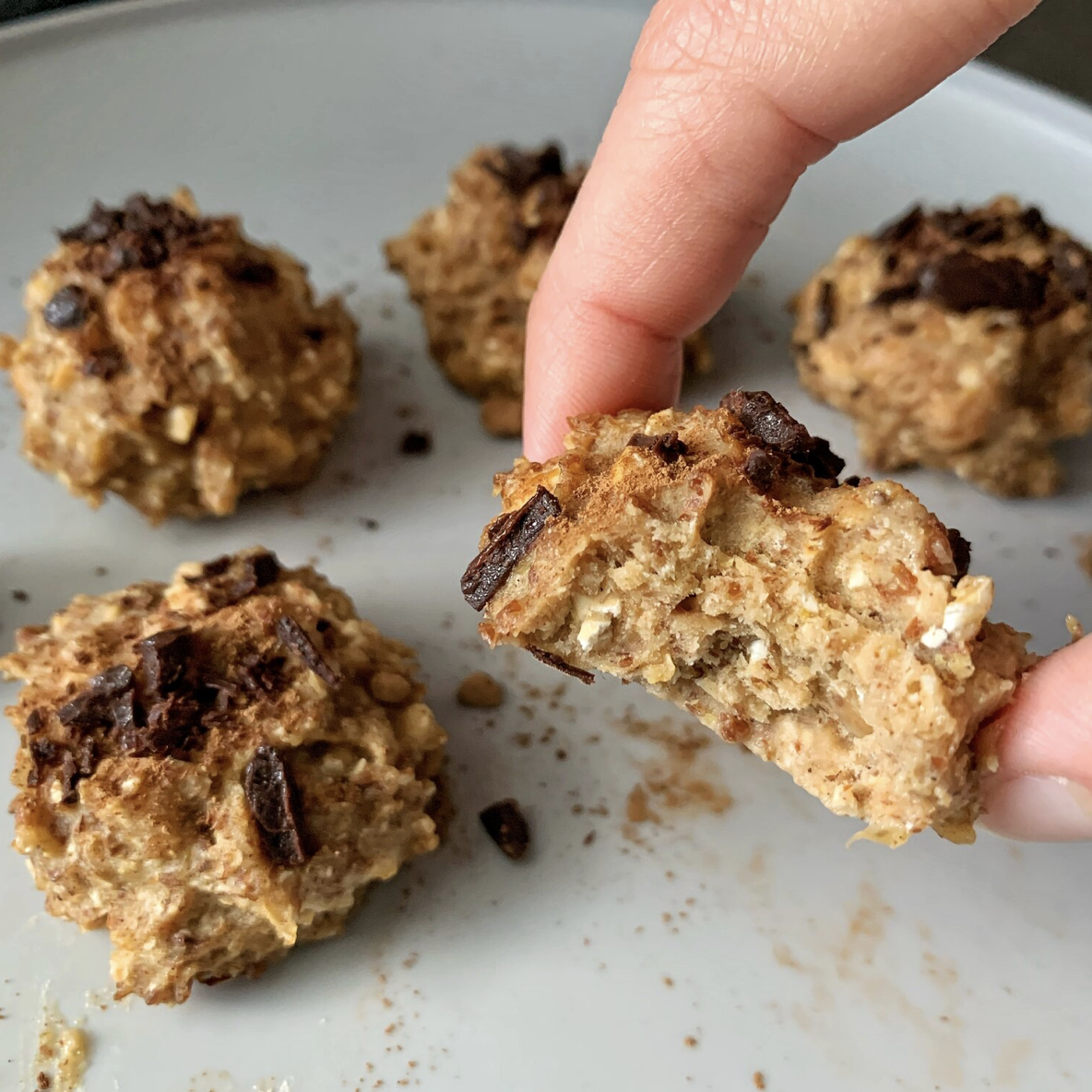Do you eat snacks?
Everyday? Once a day? Four times a day? Only some days?
Do you ever get bored of the snacks that you eat or struggle to find a satisfying combo?
I’ve got you covered. Read on.
Snacks are a very normal and natural part of eating. Going long periods of time without eating is not ideal for our bodies. It can leave us feeling fatigued, we might start to lose focus, and ultimately it can lead us to then overeat once we get to our next meal. This relates back to the idea of staying between about a 3 and an 8 on the hunger and fullness scale discussed in Intuitive Eating, which you can read my post about here.
I’m filing this blog post under “ED’s and Recovery”, but it’s applicable to everybody. Whether you are in eating disorder recovery or not, your body needs an appropriate amount of fuel and nourishment, and snacks help to provide that.
When “building” a snack…
I like to advise having at least two different foods groups. This will help to ensure that you’re having a variety of nutrients, and therefore a more satisfying and nourishing snack.
For example, if you eat an apple all on its own, you will likely feel hungry again shortly after. If you pair it with a source of protein or fat, such as a cheese stick or nut butter, that snack will keep you going longer.
The overall size of your snack will depend on a number of different things.
Consider:
your hunger level 🍔
your individual energy needs 🔥
your activity level for the day 💪🏼
how long it might be until your next meal 🕓
For somebody in the midst of eating disorder recovery, guidelines from a professional (i.e. your Dietitian) must also be considered.
Portions of the foods that you decide to eat can easily be adjusted, or you can add an extra food group if needed, to satisfy your needs. For example, you might have an apple with peanut butter AND a glass of milk, or instead of only 2 graham cracker sheets with peanut butter, you have 3.
The list of food and drink options to have at snacks is essentially endless. It’s fun to get creative and try new foods or new combinations!
Below is a guide that breaks down different snack foods by the nutrients they contain. This way, by selecting your snack food pairing from at least two different categories, you know you’ll be getting a variety of satisfying nutrients.
BUILD A SNACK
by picking one item from 2-3 different sections
Before i get into yummy snack combos, a few things to note:
Protein and energy balls are another fantastic option! A few of my recipes:
If you’ve never heard of or made Apple Nachos, here’s how I do it! ✨
now, a ton more combination ideas to level up your snack game!
The first list is more simple, and the second list has ideas that are a little bit more complex and creative.
and check out these resources for more ideas and strategies!
do Any of those sound good? 🤓
If you need further explanation or clarification on anything in this post, don’t hesitate to contact me!
Now leave a comment on this post and tell me…



































































